Zone
Crash of a Convair CV-580 in Buena Vista
Date & Time:
Jan 20, 1989 at 0925 LT
Registration:
N73160
Survivors:
Yes
Schedule:
Denver - Durango
MSN:
336
YOM:
1968
Crew on board:
3
Crew fatalities:
Pax on board:
23
Pax fatalities:
Other fatalities:
Total fatalities:
0
Captain / Total hours on type:
6224.00
Aircraft flight hours:
54108
Circumstances:
During flight, crew shut down the right engine when warning light for gearbox oil pressure illuminated and pressure was noted below minimum limit of 130 psi. Shortly after securing right engine, left engine lost power (fuel tank shutoff valve switch and fuel crossfeed valve switch were located near each other). Attempts to restart left engine were unsuccessful. With lack of alternative current electrical power, captain could not unfeather right engine for restart. During emergency landing, aircraft was damaged on uneven terrain. Operational check of right engine (at ground level) revealed no malfunction that would have prevented normal operation. Examination of left engine revealed turbine section had overheated and turbine blades had severe heat damage. Captain said that when he tried to restart left engine, fuel valves were in normal position and power lever was 1' above idle. He recalled an engine rpm of 8000, but didn't recall if he had used feather button to reduce rpm to 3000 (as directed by checklist). He verified fuel switches were 'on' and he tried to crossfeed fuel (in event of blockage). Cross feeding of fuel was not part of restart procedure. Flight manual cautioned about importance of reducing power to flight idle, to decrease fuel flow to engine and minimize possible overheating.
Probable cause:
Inadvertent deactivation of fuel to the left engine as the pilot was making a precautionary shutdown of the right engine, and his failure to follow the emergency checklist procedure. Related factors were: low gearbox oil pressure (at flight altitude), and uneven terrain that was encountered during the emergency landing.
Occurrence #1: loss of engine power (total) - nonmechanical
Phase of operation: cruise - normal
Findings
1. 1 engine
2. (f) lubricating system - pressure too low
3. Propeller feathering - intentional
----------
Occurrence #2: loss of engine power (total) - nonmechanical
Phase of operation: cruise
Findings
4. All engines
5. (c) fuel supply - inadvertent deactivation - pilot in command
----------
Occurrence #3: forced landing
Phase of operation: descent - emergency
Findings
6. (c) emergency procedure - improper - pilot in command
7. (c) checklist - not followed - pilot in command
----------
Occurrence #4: on ground/water encounter with terrain/water
Phase of operation: landing - roll
Findings
8. (f) terrain condition - rough/uneven
Occurrence #1: loss of engine power (total) - nonmechanical
Phase of operation: cruise - normal
Findings
1. 1 engine
2. (f) lubricating system - pressure too low
3. Propeller feathering - intentional
----------
Occurrence #2: loss of engine power (total) - nonmechanical
Phase of operation: cruise
Findings
4. All engines
5. (c) fuel supply - inadvertent deactivation - pilot in command
----------
Occurrence #3: forced landing
Phase of operation: descent - emergency
Findings
6. (c) emergency procedure - improper - pilot in command
7. (c) checklist - not followed - pilot in command
----------
Occurrence #4: on ground/water encounter with terrain/water
Phase of operation: landing - roll
Findings
8. (f) terrain condition - rough/uneven
Final Report:
Crash of a Convair CV-580 in Durango
Date & Time:
Feb 2, 1988 at 2032 LT
Registration:
N5808
Survivors:
Yes
Schedule:
Denver - Durango
MSN:
348
YOM:
1966
Crew on board:
3
Crew fatalities:
Pax on board:
38
Pax fatalities:
Other fatalities:
Total fatalities:
0
Captain / Total hours on type:
2858.00
Aircraft flight hours:
53781
Circumstances:
After making an IFR approach, the pilot made a go-around because he was blinded by the reflection of the landing/taxi lights against the falling snow. The pilot landed the aircraft after the second approach. The pilot said he sensed the aircraft drifting to the left and he tried to correct, but it collided with a snow bank. The investigation disclosed no evidence of aircraft hydroplaning or skidding. Airport management elected to delay plowing the runway for fear of it freezing over. Passengers claimed there was 2-3 inches of snow on top of a 3/4- inch layer of slush. Further investigation revealed that the runway lights were of various intensities because some unapproved light bulbs of different amperage were used. The runway was not equipped with centerline lighting. The painted white centerline stripe was covered by snow and slush.
Probable cause:
Occurrence #1: on ground/water collision with object
Phase of operation: landing - roll
Findings
1. (f) airport facilities, runway marking - foreign substance covered
2. (c) airport snow removal - inadequate - airport personnel
3. (f) airport facilities, runway/landing area condition - snow covered
4. (f) airport facilities, runway/landing area condition - slush covered
5. (c) proper alignment - not maintained - pilot in command
6. Terrain condition - snowbank
7. (f) airport facilities, centerline lights - unavailable
8. (f) airport facilities, runway edge lights - unapproved
9. (f) light condition - dark night
Phase of operation: landing - roll
Findings
1. (f) airport facilities, runway marking - foreign substance covered
2. (c) airport snow removal - inadequate - airport personnel
3. (f) airport facilities, runway/landing area condition - snow covered
4. (f) airport facilities, runway/landing area condition - slush covered
5. (c) proper alignment - not maintained - pilot in command
6. Terrain condition - snowbank
7. (f) airport facilities, centerline lights - unavailable
8. (f) airport facilities, runway edge lights - unapproved
9. (f) light condition - dark night
Final Report:
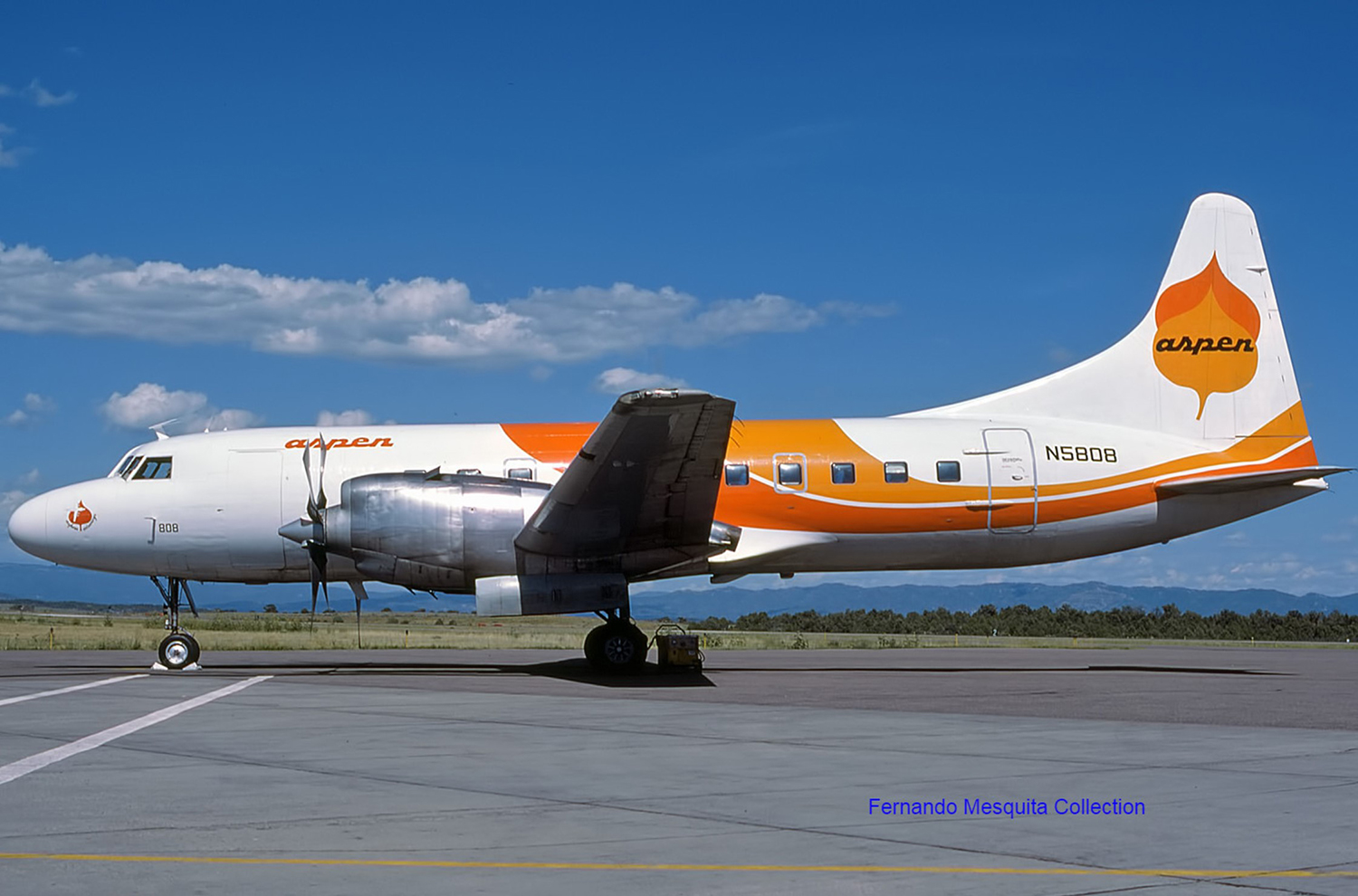
Crash of a Swearingen SA227AC Metro III in Durango: 9 killed
Date & Time:
Jan 19, 1988 at 1920 LT
Registration:
N68TC
Survivors:
Yes
Schedule:
Denver - Durango
MSN:
AC-457
YOM:
1981
Flight number:
VJ2286
Crew on board:
2
Crew fatalities:
Pax on board:
15
Pax fatalities:
Other fatalities:
Total fatalities:
9
Captain / Total hours on type:
3028.00
Copilot / Total hours on type:
305
Aircraft flight hours:
11895
Circumstances:
The aircraft was operating as Continental Express flight 2286. During the approach in IFR conditions, the aircraft went below the minimum descent altitude then struck the terrain at 7,180 feet msl. Examination of the aircraft did not disclose any pre-impact failures or system malfunctions. The evidence indicated that the copilot was flying the airplane during the approach. Evaluation of the radar data showed an excessive rate of descent before the collision with terrain. Postmortem toxicological examination showed that the captain had used cocaine prior to this flight. The safety board concluded that this use had adversely affected his ability to monitor the unstabilized approach flown by the copilot. Records of both crewmembers revealed prior traffic violations and accidents, and, in the case of the captain, a previous aircraft accident. Evaluation of the weather conditions indicated that a 10 to 15 knot tailwind condition existed throughout the approach.
Probable cause:
The first officer's flying and the captain's ineffective monitoring of an unstabilized approach, which resulted in a descent below the published descent profile. Contributing to the accident was the captain's performance resulting from his use of cocaine before the accident.
Final Report:
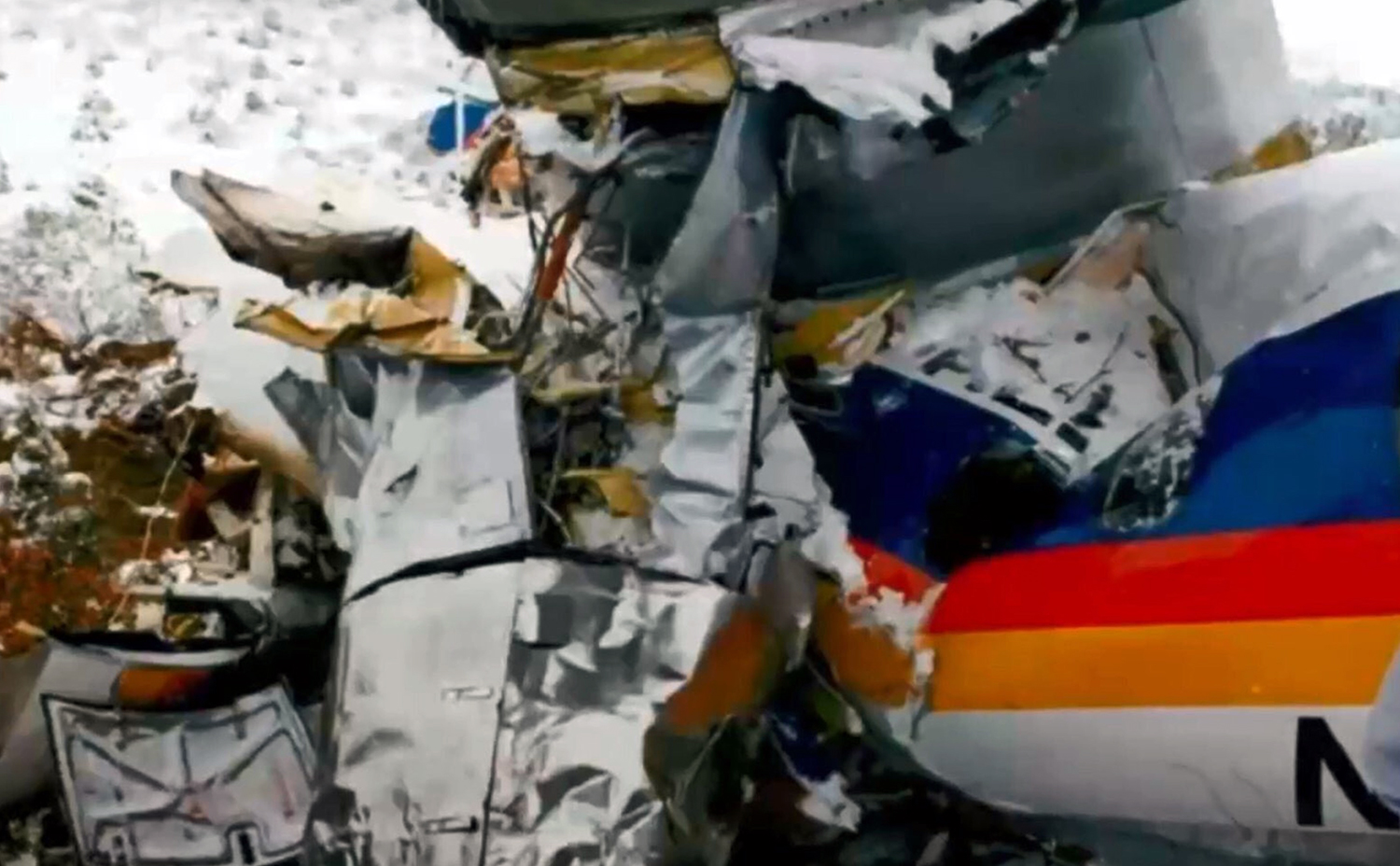
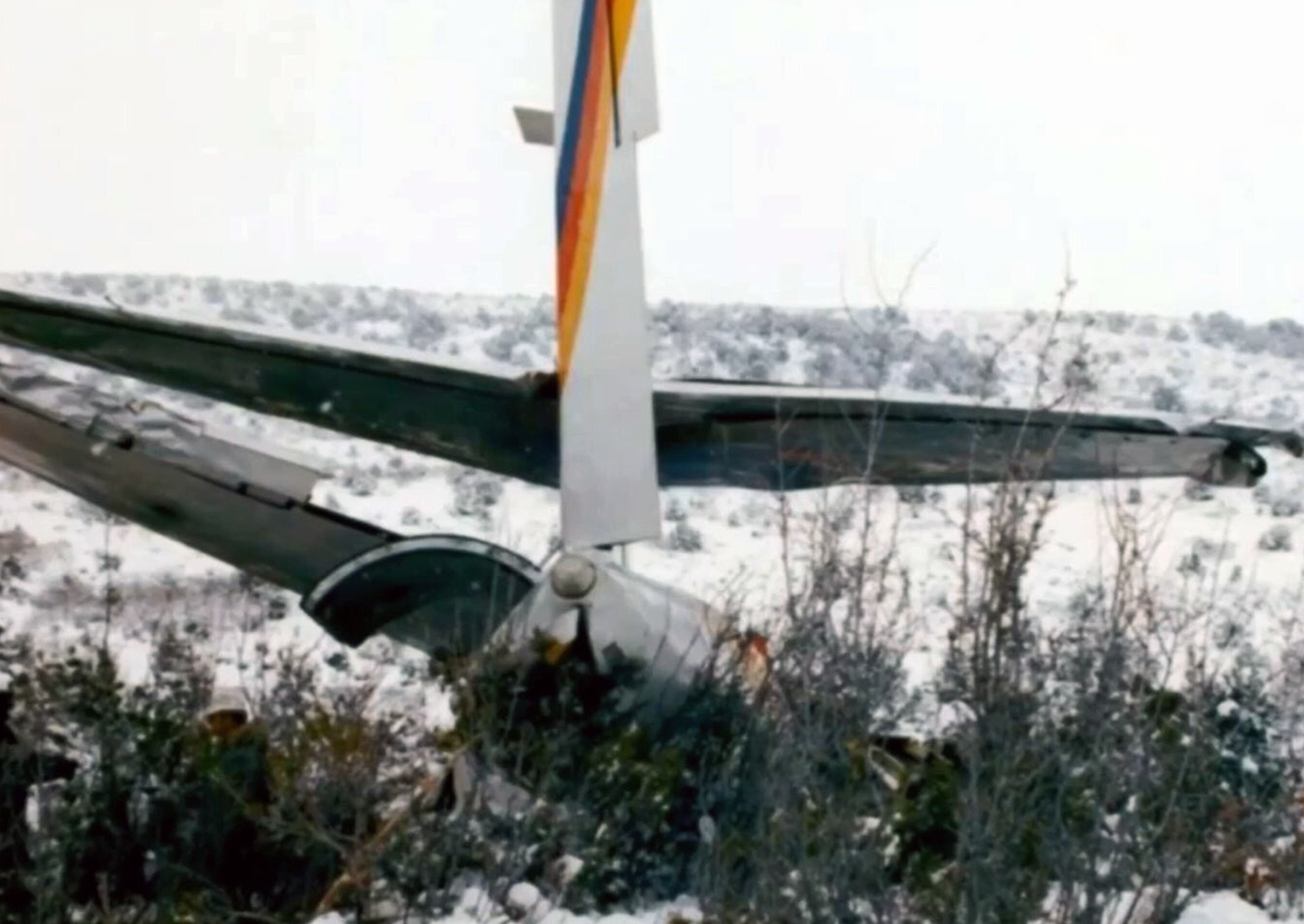
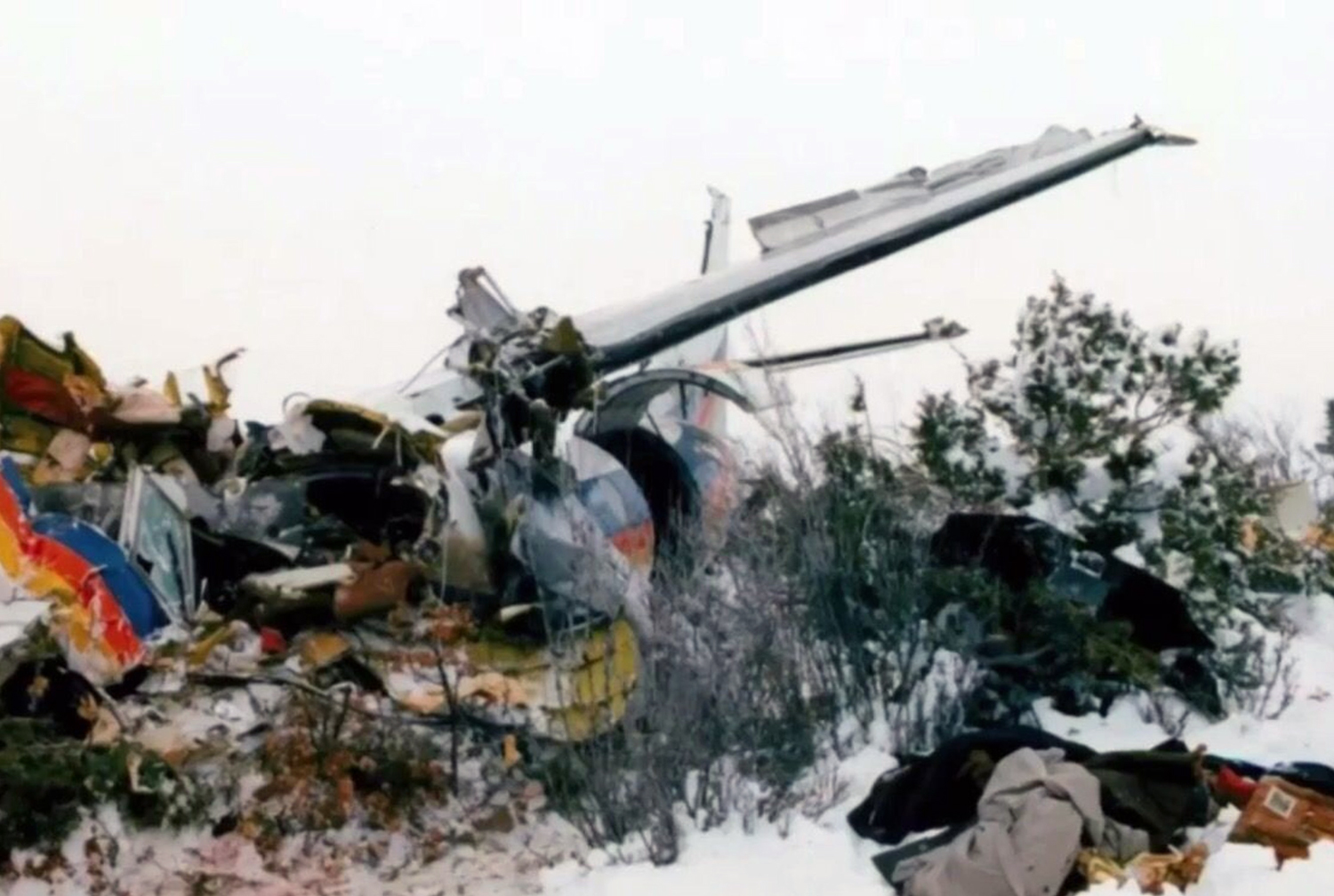
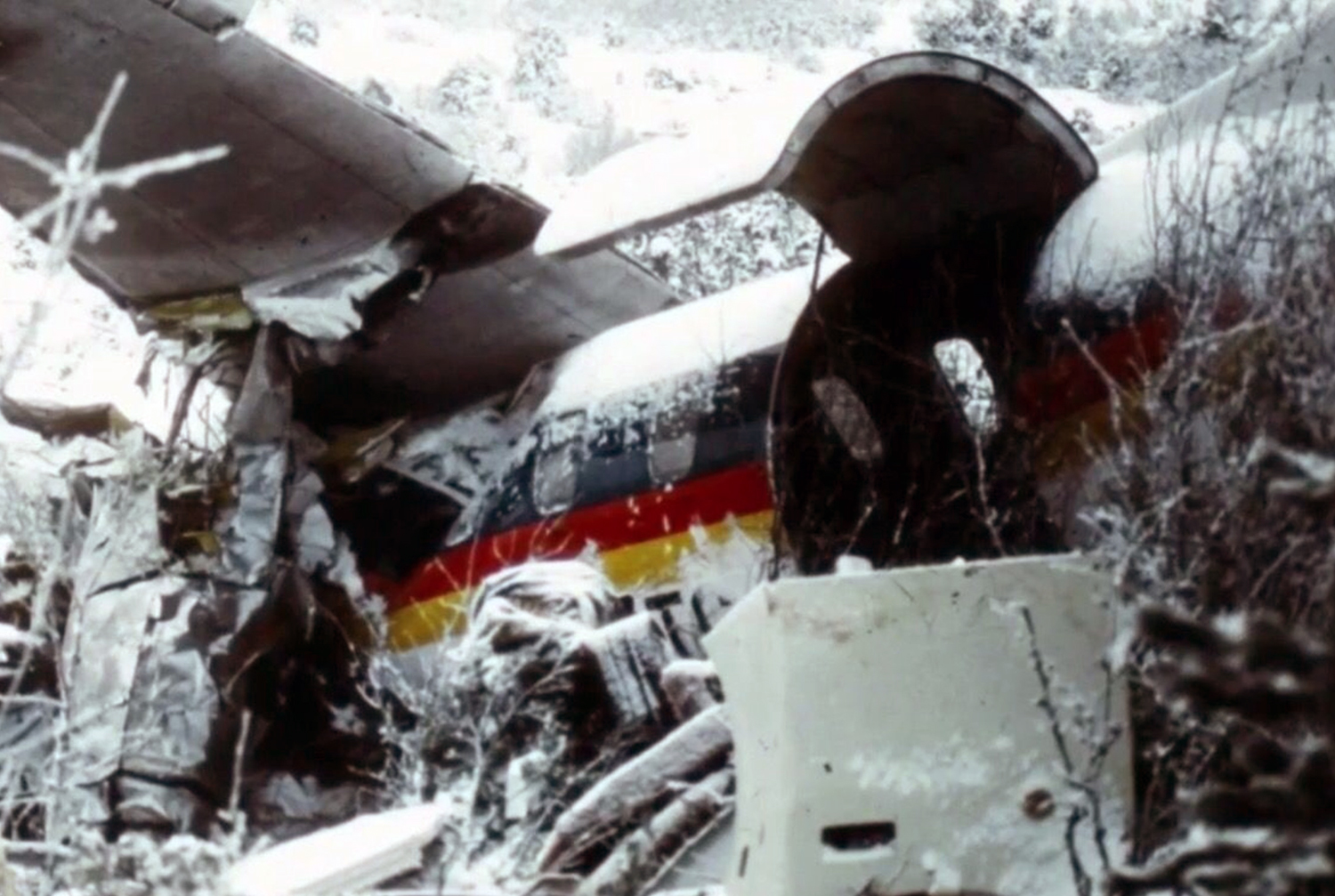

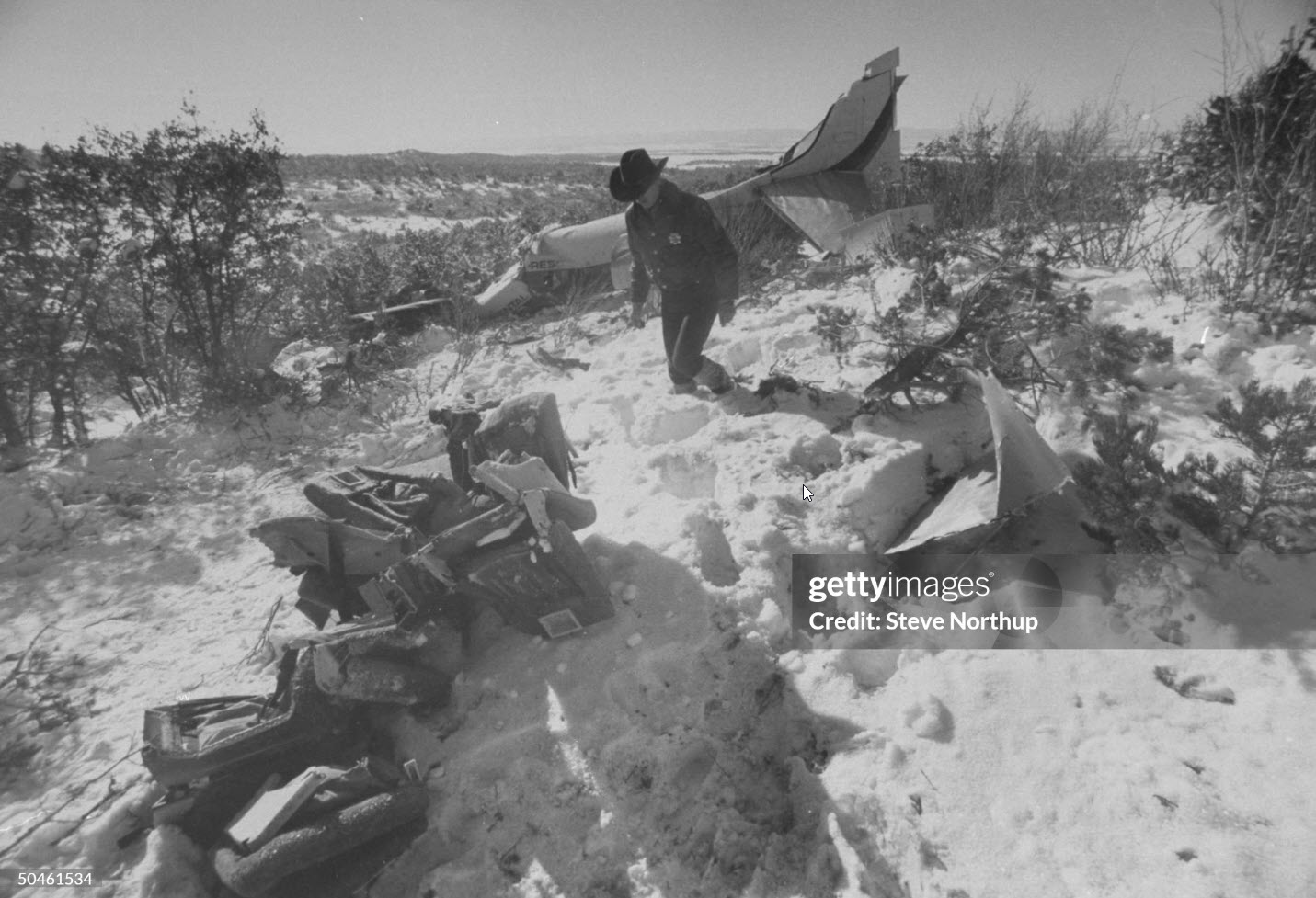


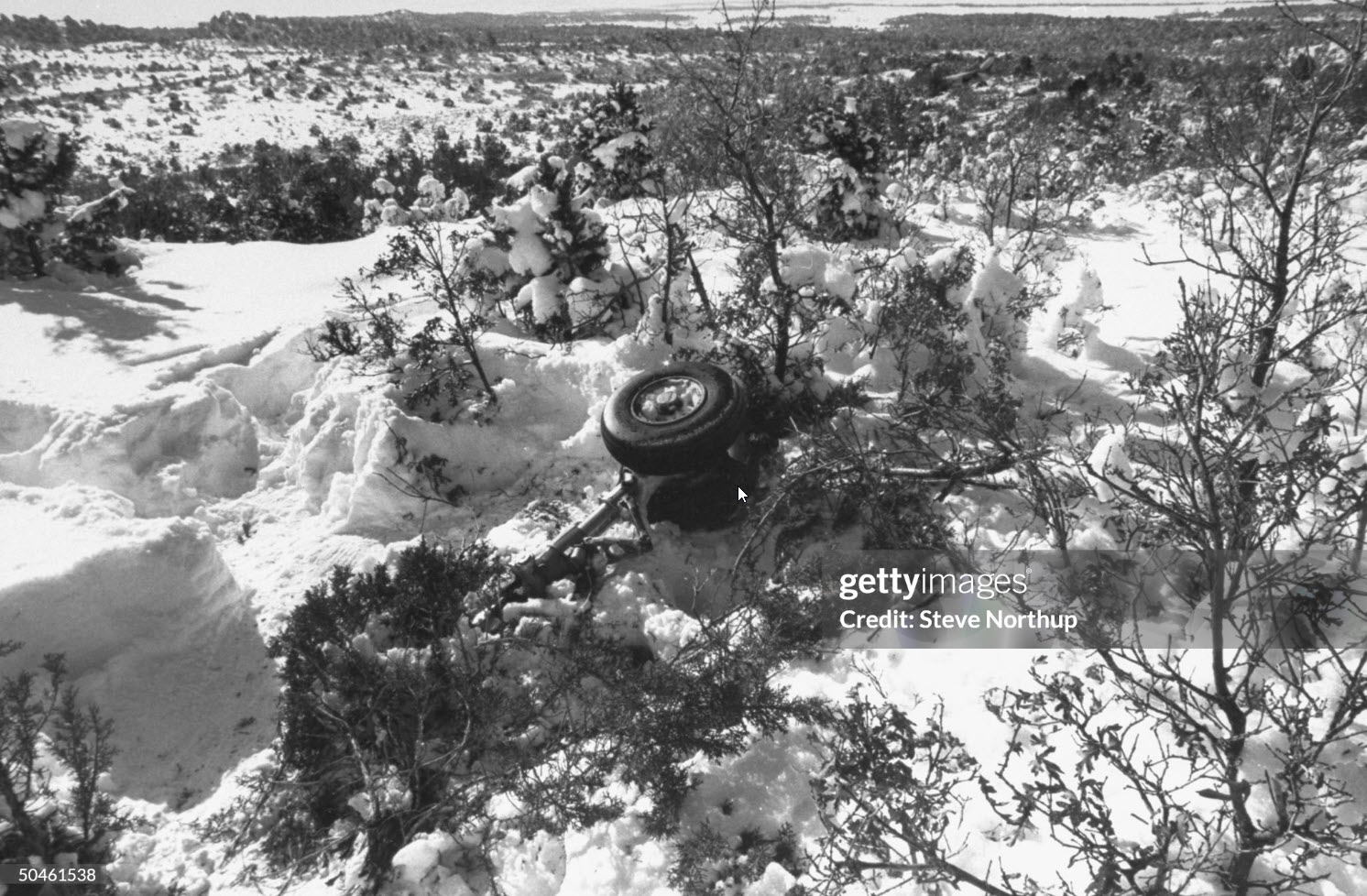
Crash of a Piper PA-31-350 Navajo Chieftain in Durango: 4 killed
Date & Time:
Dec 31, 1981 at 2000 LT
Registration:
N41070
Survivors:
Yes
Schedule:
Albuquerque - Durango
MSN:
31-8253005
YOM:
1982
Flight number:
SNW070
Crew on board:
1
Crew fatalities:
Pax on board:
5
Pax fatalities:
Other fatalities:
Total fatalities:
4
Captain / Total hours on type:
1381.00
Circumstances:
While on a night approach to Durango-La Plata County Airport, the pilot decided to initiate a go-around. For unknown reasons, the twin engine airplane failed to gain sufficient height, struck trees and crashed in a wooded area located few miles from the airport. Two passengers were seriously injured while four other occupants were killed.
Probable cause:
Controlled collision with ground during a missed approach for undetermined reasons. The following contributing factors were reported:
- Low ceiling,
- Fog,
- Snow,
- Visibility one mile or less,
- The pilot failed to execute successfully a missed approach procedure for undetermined reasons.
- Low ceiling,
- Fog,
- Snow,
- Visibility one mile or less,
- The pilot failed to execute successfully a missed approach procedure for undetermined reasons.
Final Report:


